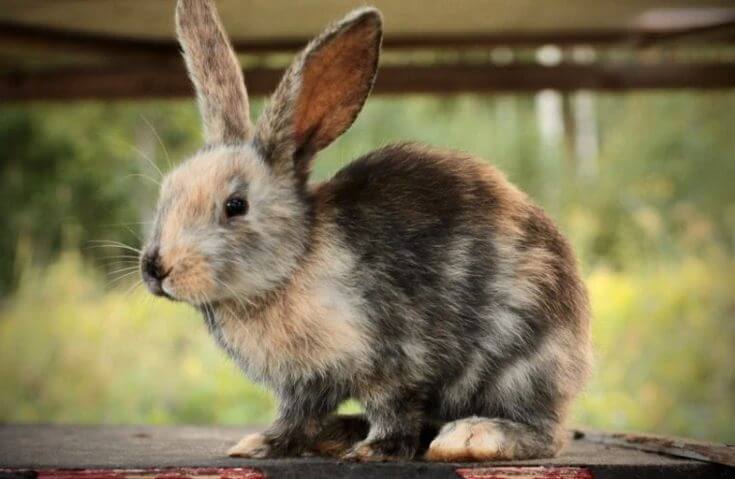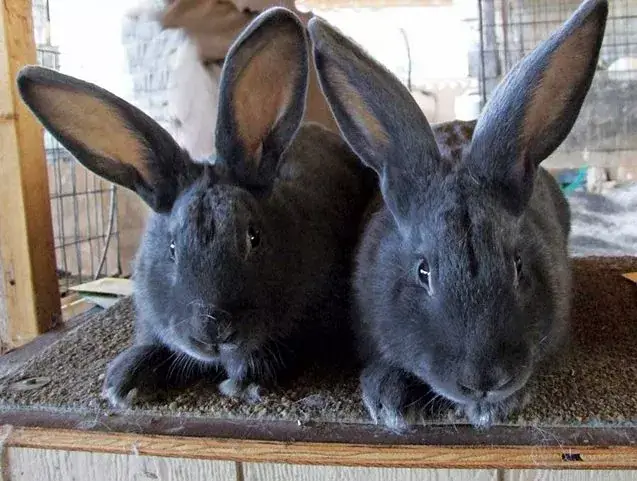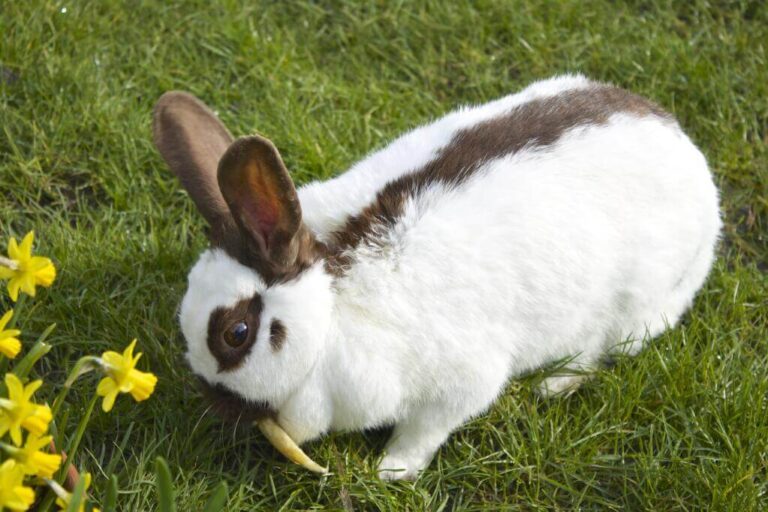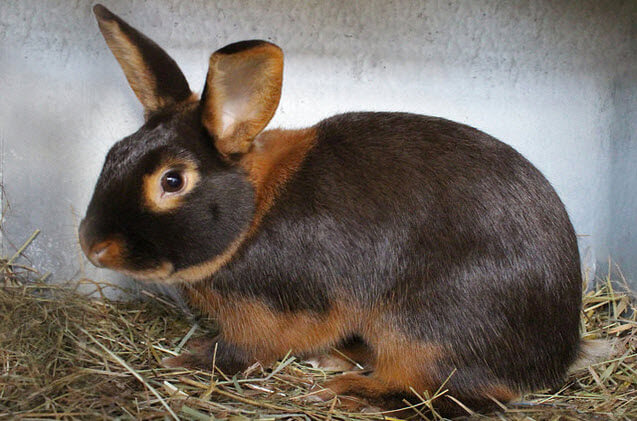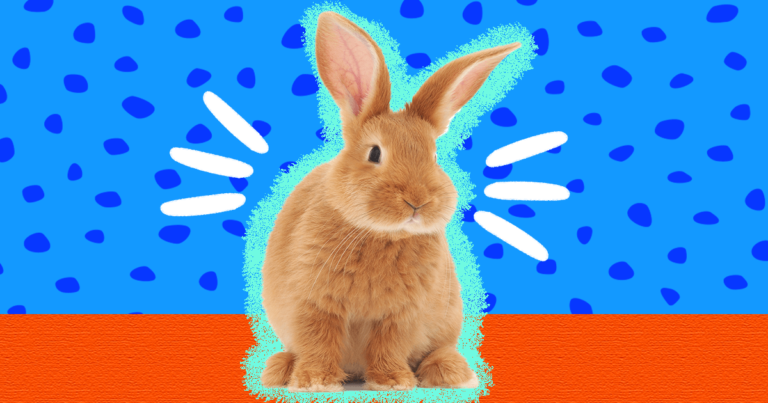Caring for Harlequin Rabbits: A Comprehensive Guide
Harlequin rabbits, known as “The Clown of Rabbits,” boast a unique coat pattern reminiscent of court jesters from the Middle Ages. Originating in France in the late 19th century, these rabbits have become beloved companions for their striking appearance and amiable temperament. In this guide, we’ll explore the care requirements and distinctive characteristics of the Harlequin Rabbit breed.
Contents
Size and Appearance:
Harlequin rabbits are medium to large, typically weighing between 6.5 to 9.5 pounds. They feature a commercial body type characterized by round heads and erect ears of medium length. Their coats are short, dense, and soft, showcasing a captivating bicolor pattern.
The breed comes in two main variations: the Magpie Harlequin, which is predominantly white with another color, often black, and the Japanese Harlequin, which exhibits an orange base with another color, typically black. A defining feature of the Harlequin breed is the requirement for a three-part frontal alteration, ensuring the alternating colors extend across the ears, face, and body.
Temperament and Family Compatibility:
Harlequin rabbits are renowned for their docile and friendly nature, making them ideal companions for families. They are playful, outgoing, and curious, often delighting in exploring their surroundings and interacting with their human companions.
While they enjoy affection and socialization, they also value their independence and may engage in exploratory behaviors. With proper handling and respect for their personal space, Harlequin rabbits form strong bonds with their owners and thrive in environments where they receive love and attention.
Health Considerations and Lifespan:
Like all rabbit breeds, Harlequins are susceptible to certain health issues that require attention and preventive care. Common concerns include dental problems such as malocclusion, where improper tooth alignment leads to overgrown teeth requiring veterinary intervention.
Upper respiratory infections (URIs) are also prevalent and may stem from bacterial infections or dental issues. Additionally, Harlequin rabbits may be prone to parasites like ear mites and Cheyletiella, as well as conditions like gastrointestinal stasis and hairball obstructions. Despite these potential health challenges, with proper care and regular veterinary check-ups, Harlequin rabbits can enjoy a lifespan of 5 to 8 years.
Dietary Needs:
Maintaining a balanced diet is crucial for the health and well-being of Harlequin rabbits. Their diet should primarily consist of Timothy hay, supplemented with fresh greens, pellets, and occasional treats. Hay plays a vital role in their digestive health and dental care, while fresh greens provide essential nutrients and hydration.
Pellets offer additional vitamins and minerals but should be provided in moderation to prevent overconsumption. Treats should be given sparingly, focusing on low-fat, high-fiber options to avoid obesity and digestive issues.
Trainability:
Harlequin rabbits are intelligent and trainable, capable of learning behaviors such as litter box usage and responding to their names. With patience and positive reinforcement, owners can establish routines and boundaries to facilitate a harmonious relationship with their Harlequin companions. Training sessions should be conducted in a calm, quiet environment, rewarding desired behaviors with treats and praise. Consistency and gentle guidance are key to fostering trust and cooperation between owner and rabbit.
Related: Mini Rex Rabbits
Conclusion
In conclusion, Harlequin rabbits are captivating companions known for their unique appearance, gentle temperament, and playful demeanor. By providing proper care, including a balanced diet, regular veterinary check-ups, and opportunities for socialization and enrichment, owners can ensure a fulfilling and rewarding experience with their Harlequin rabbits.
FAQs about the Harlequin Rabbit Breed
1. What makes Harlequin rabbits unique?
Harlequin rabbits are distinguished by their striking bicolor coat pattern, reminiscent of court jesters from the Middle Ages. This unique appearance sets them apart from other rabbit breeds.
2. What are the two main variations of the Harlequin rabbit breed?
The Harlequin breed comprises two main variations: the Magpie Harlequin, predominantly white with another color, often black, and the Japanese Harlequin, featuring an orange base with another color, typically black.
3. How big do Harlequin rabbits typically grow?
Harlequin rabbits are medium to large, with adults typically weighing between 6.5 to 9.5 pounds. Does are usually heavier than bucks.
4. Are Harlequin rabbits suitable as family pets?
Yes, Harlequin rabbits are known for their docile and friendly temperament, making them excellent companions for families. They enjoy interaction and can make great playmates for children.
5. What are the common health concerns associated with Harlequin rabbits?
Like all rabbit breeds, Harlequins may be prone to certain health issues, including dental problems such as malocclusion, upper respiratory infections, parasites like ear mites, gastrointestinal stasis, and hairball obstructions.
6. What is the lifespan of a Harlequin rabbit?
On average, Harlequin rabbits live for about 5 to 8 years. With proper care, including a balanced diet, regular veterinary check-ups, and a suitable living environment, they can enjoy a fulfilling life.
7. What should I feed my Harlequin rabbit?
Harlequin rabbits require a balanced diet consisting primarily of Timothy hay, supplemented with fresh greens, pellets, and occasional treats. Hay is essential for their digestive health and dental care, while fresh greens provide crucial nutrients.
8. Are Harlequin rabbits trainable?
Yes, Harlequin rabbits are intelligent and trainable. With patience and positive reinforcement, owners can teach them behaviours such as using the litter box and responding to their names. Consistency and gentle guidance are key to successful training.
- Golden Retriever Pros and Cons: What Every Pet Parent Should Know - 15 September 2025
- Cane Corso Dog Breed: Health, Care, and Lifespan - 14 September 2025
- Catahoula Leopard Dogs: Description, Temperament, Lifespan, & Facts - 21 July 2025

